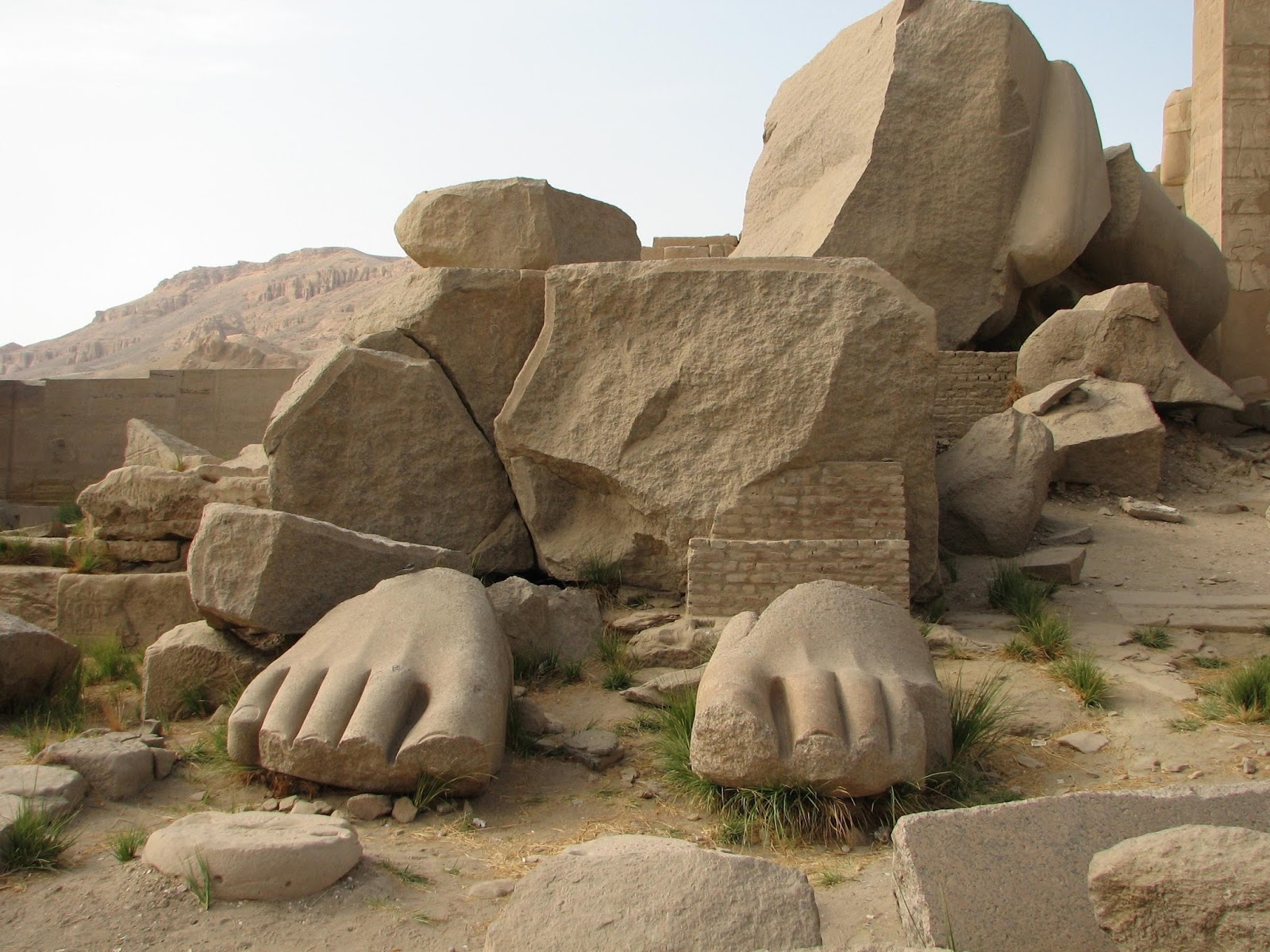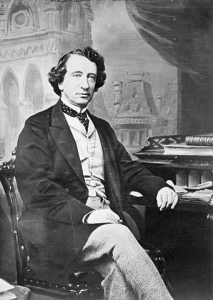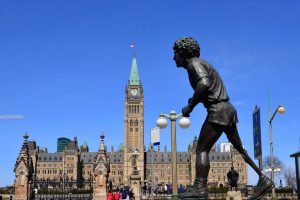Behold The Clay Feet of The Gods.

“I am the Lord your God…you shall have no gods except me. You shall not make yourself a carved image or any likeness of anything…you shall not bow down to them or worship them…”(Exodus 20:1-5)
“When the school is on the reserve, the child lives with it’s parents, who are savages, and though he may learn to read and write, his habits and training and mode of thought are Indian. He is simply a savage who can read and write.” (Sir John A MacDonald 1879)
Recently some citizens in both Canada and the USA have protested about the values attached to the public statues of certain historical heroes. Do such statues represent a form of idolatry?

Source: commons.wikimedia.org
Canadian Prime Minister John A MacDonald (1867-73 and 1878-1891) has been criticized for both his role in the creation of Indian Residential Schools (see above) and for his role in withholding food rations for thousands of starving Indigenous people in western Canada.
Generations of Canadians have called him Sir John A, and have been taught that he was the greatest Father of Confederation, the man who built the CPR and built our country from sea to sea. He has been viewed almost as a patron saint of Canadian politicians.
However in his day he drank too much alcohol, was given the nickname “Old Tomorrow” for his procrastination, and was forced to resign as prime minister because of the “Pacific Scandal”.
In 1885, MacDonald could have shown mercy to Louis Riel for his roll in the North West Rebellion. Instead MacDonald said, “He shall hang though every dog in Quebec bark in his favour.”
Today, in part because of the Truth and Reconciliation Commission, a new generation of Canadians have become aware of the suffering of Indigenous people.

Source: joe-lynn-design.devisantart.com
Previous generations of Canadians had become aware of other injustices such as the denial of voting rights for women, the suffering of the Depression, the sacrifices made in World War 1 and 2 by our armed forces, and the linguistic injustices of French speaking Canadians, especially in Quebec.
From this awareness we began to see new heroes in our history. New statues were built. Schools, parks, streets, community clubs, public buildings, etc. were named after these new heroes.
History textbooks were revised to recognize this new awareness. Of course not everybody learned of these sufferings or instantly accepted the changes brought about by such awareness.
Racism, prejudice, vested interests and ignorance have deep roots. Even established religions, based on the love of God for his people, have had difficulty in changing policies based on long held unjust relations.
How have people of faith handled the problem of statues of historical heroes and the dangers of idolatry? Some Jewish people revere the God so much that they will not even write God’s name in full.

Si John A, MacDonald’s statue. Source: thestar.ca
Examining a Roman coin with the emperor upon it, Jesus gave his followers advice on how to avoid idolatry. He told them to render unto Caesar the things that are Caesar’s and to God the things that are God’s.
St. Paul was “greatly upset” by how the city of Athens was full of idols. In Ephesus, Paul so annoyed the workers for their carvings and works of the goddess Artemis, that they rioted and threatened his life. (Acts 17-19).
To prevent idolatry Muslim people are strictly forbidden to create any type of image of the Prophet Mohammed.
Some early Protestant reformers destroyed statues and images of Biblical figures and saints. These reformers claimed that statues led to idolatry and took people away from faith in almighty God.
Today, being open to new information about statues of heroes may be seen as a healthy sign of an open mind. The dissonance caused by such new information may challenge racism, nationalism, misogynism and other unjust systems that are part of our cultural baggage.

Terry Fox. Source: participaction.ca
However, it may be a mistake to judge an earlier generation too harshly by the values of our generation. Each generation has to interpret history for themselves. Providing a more balanced view of historical reinterpretation is a challenge for all of us.
This of course opens the question of what to do with offensive statues built by other earlier generations. Statues of some tyrants have been torn down.
As a short term solution the city of Halifax recently covered up a statue of Governor Cornwallis, the founder of their city. Why? Because in 1749 Cornwallis issued a bounty for the scalps of Mi’kmaq First Nation people.

Covered statue of Cornwallis in Halifax. Source: globalnews.ca
Do black Americans today need to be reminded of Confederate generals who fought to defend slavery in the Civil War? Or are such statues today a not so subtle form of white racism 152 years after the Civil War?
Do Indigenous people need to be reminded of a Canadian Prime Minister who helped create the Indian Residential School system whose generational suffering is still being felt today?
Could new plaques based upon more balanced historical evidence be placed beside older statues? Could offensive statues be moved to museums where, accompanied by new explanatory plaques, a form of balance might be given to the offensive statue?
Or should we should simply stop constructing statues of our historical heroes. But if we do persist in this need to build statues, perhaps the entire vetting process for determining for whom we are going to commemorate should be done more thoroughly.

Source: redeeminggod.com
And in that process, perhaps we should remember the wisdom of Jesus …”Let he who is without sin throw the first stone.”
Finally, statues of historical heroes may also make us think of the flaws of our own parents, grandparents and other relatives. If we are really honest, such thinking may lead us to see our own personal shortcomings, and to the realization that we are all loved sinners.




Peter Bisson, SJ
Posted at 09:21h, 08 DecemberThank you Richard!